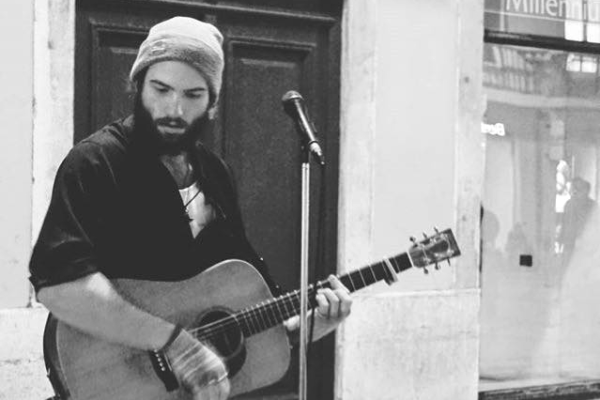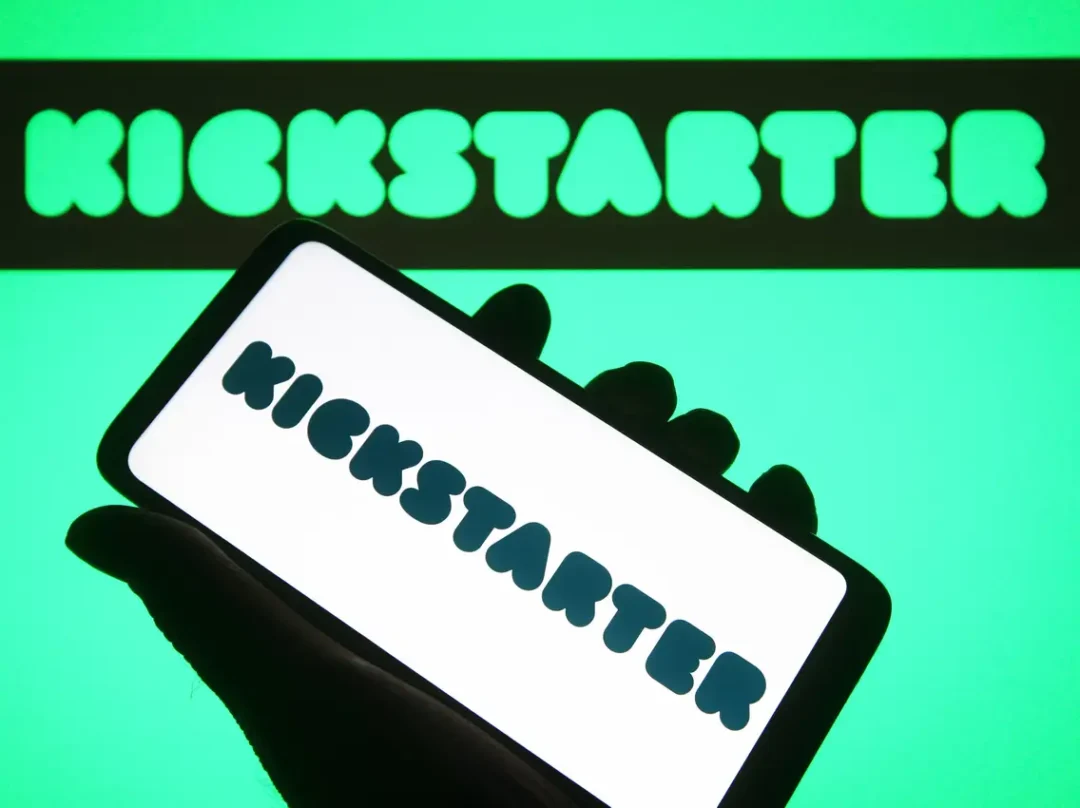The days when crowdfunding was hailed as the saviour of independent musicians feel like a distant memory. Back in 2012, Amanda Palmer turned heads by raising nearly $1.2 million on Kickstarter to fund an album, tour, and book, sparking hopes that the platform would change the industry forever. Fast-forward to 2025, and Kickstarter’s latest ‘Creative Download’ report barely acknowledges music. While games, comics, and tech continue to rake in millions, musicians are finding it harder than ever to meet their funding goals.
The stark reality is that crowdfunding is no longer the golden ticket it once was, and artists are facing the brutal challenge of financing their careers in an era where everything costs more, and attention spans are shorter than ever.
The Decline of Music on Kickstarter
Music is still the second-largest category in terms of successfully funded projects on Kickstarter, but that statistic means little when most of its biggest success stories belong to the 2010s. Major campaigns from artists like De La Soul, Delta Rae, TLC, and even Palmer herself have long since passed, leaving little in their wake. Where once musicians could rally fans around an ambitious project and watch the pledges roll in, the platform has been overrun by board games, tech gadgets, and comic books.
Part of the shift comes down to visibility. Kickstarter’s algorithm now favours what’s trending, and it’s rarely a DIY musician trying to press a vinyl run or fund a tour. The crowdfunding model still works, but only for artists who can generate significant engagement before their campaign even launches. Even those with a solid fanbase struggle to cut through the noise, especially when competing against projects that promise backers flashy physical rewards rather than just a download link.
The Rising Costs That Are Crushing Independent Artists
Crowdfunding isn’t just failing because of changing trends—musicians are also up against an economic climate that makes financing their careers a nightmare. The cost of existing as an independent artist has skyrocketed, making every aspect of releasing music and touring more expensive than ever.
- Touring is a financial drain – Once a key revenue stream for artists, touring is now barely sustainable. Fuel prices are at an all-time high, making van travel a luxury rather than a necessity. Flights are extortionate, and accommodation costs have surged, pricing many acts out of even attempting a DIY tour.
- Merchandise is losing its profit margin – Merch has long been one of the few reliable ways for musicians to make money, but inflation has made everything from t-shirts to vinyl more expensive to produce. Even digital platforms like Bandcamp, once a sanctuary for artists, have seen fee increases that eat into already thin margins.
- Studio and production costs aren’t budging – While some aspects of music-making have become more accessible, high-quality production still comes at a price. Renting studio space, hiring session musicians, and marketing a release all require significant investment.
For many artists, the financial squeeze means choosing between paying rent or funding a new project, leaving Kickstarter and other crowdfunding platforms as a last resort rather than a viable business model.
What Artists Can Do to Maximise Their Crowdfunding Impact
Despite the bleak outlook, crowdfunding hasn’t completely lost its potential—artists just need to be smarter about how they use it. Here are a few ways to increase the likelihood of success:
- Build momentum before launching – A Kickstarter campaign doesn’t start when you hit ‘publish’. It starts months before, with consistent social media engagement, teasers, and direct fan outreach. Artists who treat crowdfunding like a last-minute cash grab are doomed from the start.
- Offer creative and tangible rewards – Fans are no longer satisfied with just an album download or a signed poster. Successful campaigns offer unique experiences—private listening parties, handwritten lyric sheets, exclusive vinyl variants. The more exclusive and personal, the better.
- Keep the budget transparent – Backers want to know where their money is going. A clear breakdown of costs reassures potential supporters that they’re investing in something tangible rather than throwing cash into a black hole.
- Make content that grabs attention – Kickstarter campaigns with strong visuals and compelling videos perform significantly better. A well-produced pitch video that showcases the artist’s personality, music, and vision can make the difference between success and failure.
- Don’t rely solely on Kickstarter – The hard truth is that musicians can no longer depend on a single revenue stream. Diversifying income through platforms like Patreon, direct-to-fan sales, live-streamed performances, and licensing deals can help fill the gaps that crowdfunding leaves behind.
Alternative Ways for Artists to Survive in 2025
If Kickstarter isn’t delivering, artists need to explore other revenue streams. Here are a few options:
- Subscription-based platforms – Services like Patreon allow fans to support artists on a monthly basis in exchange for exclusive content. This model provides a more predictable income than one-off crowdfunding campaigns.
- Live-streaming and virtual concerts – Some musicians have found success hosting ticketed virtual gigs, offering an alternative to costly physical tours.
- Music licensing and sync deals – Placing music in films, TV shows, and adverts can be lucrative, though highly competitive. Companies like Songtradr and Music Vine make it easier for indie artists to get their music in front of the right people.
- Merchandise collaborations – Partnering with visual artists or sustainable clothing brands can make merch more appealing while splitting production costs.
- Grant funding – Organisations like Help Musicians and PRS Foundation offer grants for artists struggling to fund projects. While competitive, these funds can be a lifeline.
The Brutal Reality for Independent Musicians in 2025
It’s easy to say, “Get creative with your funding,” but the reality is that surviving as an independent musician in 2025 is brutally difficult. The industry has never been more saturated, the cost of creating and distributing music has never been higher, and platforms that once felt like lifelines—Kickstarter, Bandcamp, even streaming—now seem to be working against artists rather than for them.
Crowdfunding is still an option, but it’s no longer the safety net it once was. Those who make it work do so through relentless engagement, smart marketing, and diversifying their income streams. For everyone else, the choice is stark: adapt or get left behind. While the industry continues to demand more from musicians while paying them less, the fight for sustainability is far from over.
Article by Amelia Vandergast


